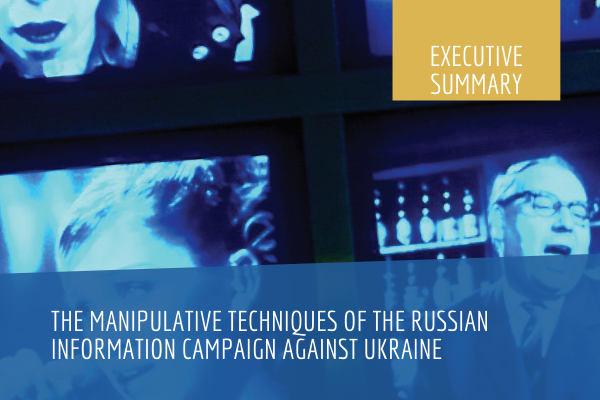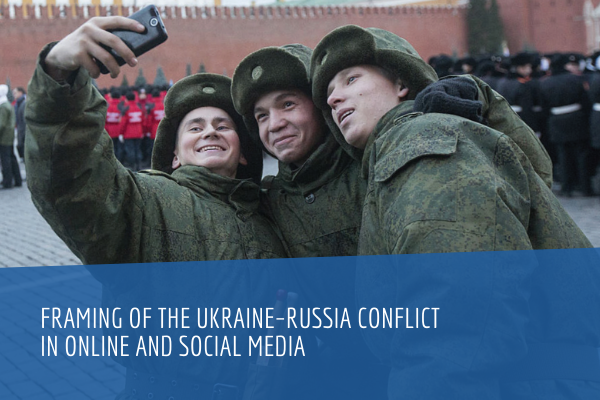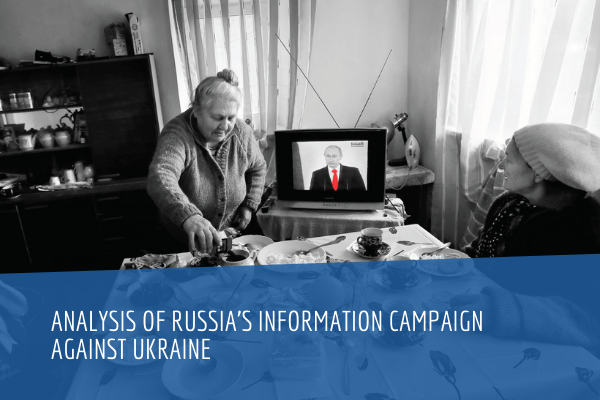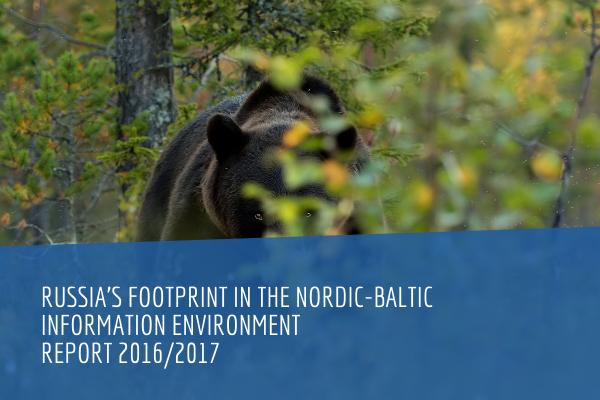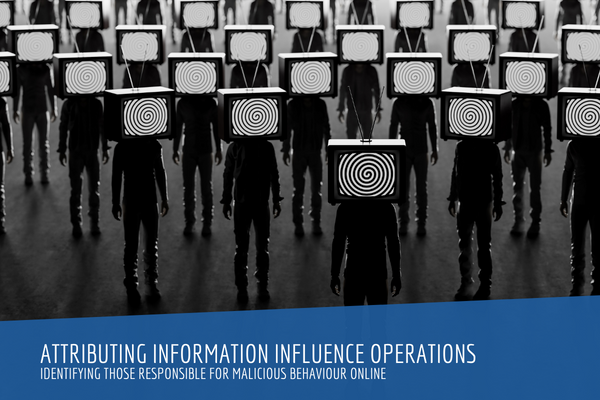The penetration of external information influence in a domestic media ecosystem is largely enabled by the interactions between foreign and domestic actors. The term ‘Information Laundering’ describes how these actors manipulate and amplify manipulated information in a particular media environment and the techniques utilised for such purposes. This report evaluates to what extent Kremlin-official and pro-Kremlin actors leverage Information Laundering techniques to conduct influence campaigns in the Nordic-Baltic countries and examines the role that domestic and foreign actors play in enabling these campaigns to reach target audiences. For this purpose, the NATO Strategic Communications Centre of Excellence developed a theoretical model of Information Laundering presented in this study. The model was applied to a comparative analysis of 32 Information Laundering cases, linked to the activity of 570 single actors in the eight Nordic-Baltic countries. Through researching Information Laundering in the region, this report aims to support national institutions in their goal to build resilience against hostile information influence operations.
KEY FINDINGS
IL research allows to scan and visualise the hostile information landscape in the NB8.
- Cases have been identified in all researched countries, allowing us to envisage the ecosystem of HIICs in the region:
- Domestic media outlets considered as pro-Kremlin or proxy actors were seen to enable the spread of pro-Kremlin influence in every country.
- Techniques, networks and themes are contingent on each country’s idiosyncrasies.
- Fourty seven domestic media outlets participated in various IL processes.
- By leveraging pro-Kremlin and proxy media, Kremlin actors are seen to attain plausible deniability, deflecting criticism while still manipulating information processes and public opinion.
- Russian is the primary language used by IL actors, followed by English, the domestic languages of each country, and lastly - domestic languages of other NB8 countries.
- Most IL networks are transnational, with a combination of Russian language, English language and domestic language outlets.
- Russian speakers in the region and Russian domestic audiences are identified as high priority targets of proKremlin HIICs.
- Non-Russian speaking NB8 nationals and international audiences are also commonly targeted by IL activities.
- IL processes are supported by cyber capabilities and benefit from inauthentic amplification through social media.
- Use of fake and burner accounts to support SM and smurfing, increasing the engagement and visibility of a laundered piece.
- Self-publication software like IFTTT, and the forgery, hacking or leaking of documents were other practices utilised to enable or reinforce IL activities.
- Although this study did not focus on social media, the results prove that social media are key for an effective IL process: the sources of 20% of the cases studied by this report were social media posts, with Facebook being the main platform for IL networks and techniques.
- The study reveals that the most effective combination of IL techniques is misappropriation with woozle effect, since it is the most difficult to unmask
- The average reader, who generally commits a short time span to look through a news piece, will be highly unlikely to identify that a real, accurate quote from a reliable public figure (woozle effect) is being misused to provide credibility to misleading information achieved through misappropriations.
- Potemkin villages and smurfing found throughout the study are indicators of coordinated activity.
- The most common technique utilized by IL actors targeting the US military or NATO is misappropriation. It involves more or less precise reporting of news events, such as military exercises, followed by the artificial addition of an unrelated paragraph at the end. The information contained in that paragraph has the intended aim to undermine NATO or shape perceptions on the Alliance, depicting it as a global threat.
- The use of disinformation as an IL technique was remarkably low in comparison to other techniques. This is likely caused by a shift in the manipulation methods, moving towards subtler techniques and higher sophistication.
- Sputnik is the most active Kremlinofficial outlet in IL outside the Russian information sphere.
- Out of the eight regional languages, Sputnik’s international version operates in Latvian, Lithuanian and Estonian. These editions also participate in IL targeting other NB8 countries.
- NATO’s activity in general, and NATO military exercises in particular, are identified as the events that originated the highest level of activity in IL networks across the entire NB8 region.
- Trident Juncture 2018 held particular relevance in Lativa, Finland, Sweden and Norway.
- The exploitation of human errors and misconducts of NATO soldiers is commonly seen in the placement of IL.

